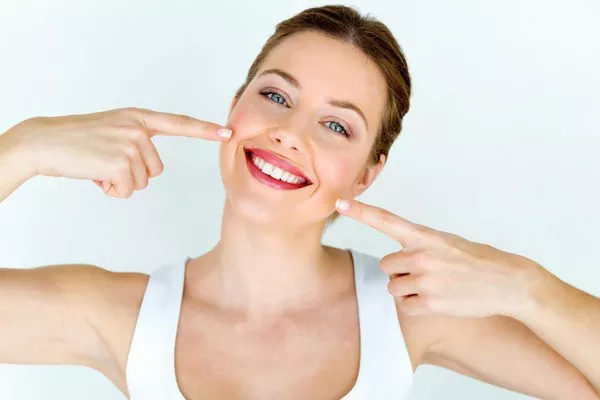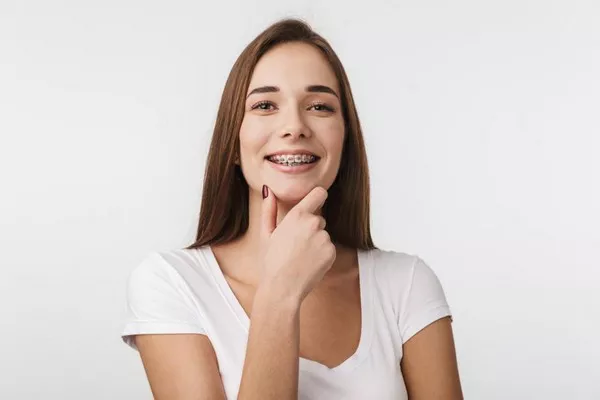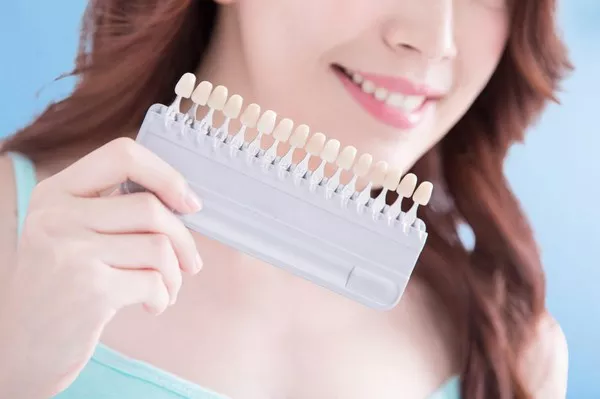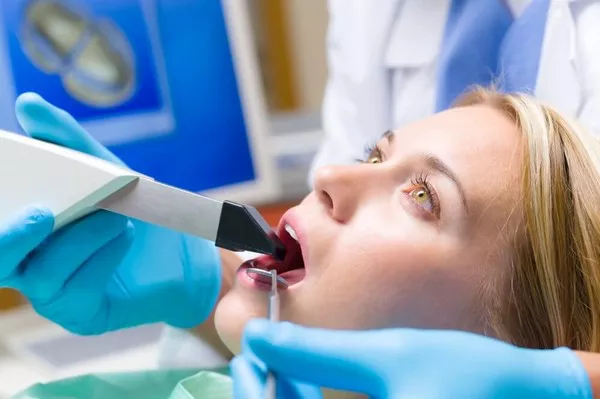In recent years, there has been growing interest in using ultraviolet (UV) light for dental purposes, particularly for teeth whitening and disinfection. UV light, which exists outside the visible light spectrum, has properties that make it potentially beneficial for oral care. However, it’s essential to use UV light on teeth correctly and with caution to ensure safety and achieve the desired results. In this article, we will explore the uses of UV light in dentistry, the recommended duration for its application, and the precautions to keep in mind.
The Role of UV Light in Dentistry
Teeth Whitening: UV light is often used in conjunction with teeth whitening procedures. Specifically, it is used to activate or enhance the effects of teeth whitening gels or agents. This process is commonly referred to as “UV teeth whitening.”
Disinfection: UV-C light, a specific type of UV light, has germicidal properties and is used for disinfection purposes in dental settings. It can help eliminate bacteria and other pathogens from dental instruments and surfaces.
Orthodontics: Some orthodontic appliances, such as clear aligners or retainers, incorporate UV technology to clean and sanitize the devices.
Curing Dental Materials: UV light is also used in dentistry for curing or hardening various dental materials, including dental adhesives and some types of dental composites.
Duration for Using UV Light on Teeth
Teeth Whitening: When using UV light for teeth whitening, the duration of exposure can vary depending on the specific whitening system being used. In most cases, the UV light is applied for approximately 15 to 45 minutes during an in-office teeth whitening session. For at-home whitening kits that include a UV light component, users typically follow the manufacturer’s instructions, which may involve shorter exposure times (e.g., 10-20 minutes). It’s crucial to adhere to the recommended duration to avoid overexposure, which can lead to tooth sensitivity.
Disinfection: In dental settings, UV-C light for disinfection is applied for a specific duration to ensure effective germicidal action. The exact exposure time depends on factors like the type of UV-C device and the size of the area being disinfected. Dental professionals follow established guidelines and protocols to use UV-C light safely and effectively.
Precautions and Safety Measures
Protective Eyewear: UV light, especially UV-C, can be harmful to the eyes and skin. When undergoing UV teeth whitening treatments or working with UV dental equipment, both patients and dental professionals should wear appropriate protective eyewear to shield their eyes from potential harm.
Professional Supervision: In-office teeth whitening procedures that involve UV light should be performed by trained dental professionals who can ensure proper application and safety.
Follow Instructions: When using at-home teeth whitening kits with a UV light component, carefully follow the manufacturer’s instructions regarding application duration and frequency. Overuse can lead to tooth sensitivity and gum irritation.
Regular Dental Check-ups: Prior to any teeth whitening procedure, it’s advisable to have a dental check-up to assess your oral health and suitability for the treatment.
UV-C Disinfection: UV-C disinfection devices used in dental settings should be operated according to manufacturer guidelines. Dental professionals should avoid direct exposure to UV-C light and ensure the proper disinfection of instruments and surfaces.
Skin Protection: When using UV dental equipment, be mindful of skin exposure. Wear appropriate protective clothing or use a barrier, such as a dental bib, to minimize skin contact with UV light.
Conclusion
UV light has found various applications in dentistry, from teeth whitening to disinfection and orthodontic care. When using UV light on teeth, it’s crucial to follow recommended exposure durations and safety precautions to achieve the desired outcomes while minimizing potential risks. Whether you’re considering teeth whitening or undergoing dental treatment that involves UV technology, consult with your dentist or dental professional to ensure safe and effective use. Properly administered, UV light can be a valuable tool in enhancing oral health and aesthetics.
Related Topics:
































